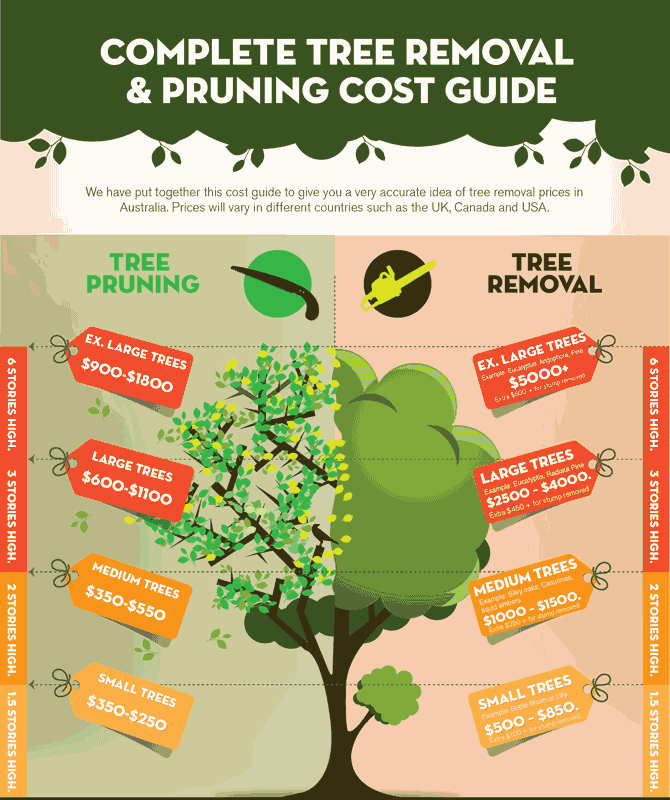Post-Tree Elimination Upkeep: Reliable Techniques For Landscape Reconstruction
Post-Tree Elimination Upkeep: Reliable Techniques For Landscape Reconstruction
Blog Article
Created By-McMillan Als
After a tree's elimination, your landscape might look quite different, and it's necessary to examine the aftermath thoroughly. You'll intend to examine the dirt disruption and examine bordering plants for any signs of anxiety. Ignoring these aspects can bring about larger issues down the line. So, what should you do with those stumps and roots? And how do you select the very best plants for your rejuvenated space? Let's discover these vital actions.
Examining the Consequences: Assessing Your Landscape
After a tree elimination, it's crucial to evaluate your landscape to comprehend the influence it carries your backyard.
Beginning by checking out the location where the tree stood. Try to find signs of dirt disruption, and inspect the bordering plants for any kind of stress and anxiety or damages.
You need to likewise keep in mind of just how the elimination has actually altered sunshine exposure and air movement in your yard. This change can influence the development of neighboring plants, so it's important to examine their health.
Think about the aesthetic elements also; the removal might develop an open space that you can redesign.
Finally, think of any potential erosion problems that might occur from the tree's absence. Attending to these aspects early will help bring back equilibrium to your landscape.
Taking care of Stumps and Origins: Alternatives for Elimination
When you've assessed the aftermath of the tree elimination, you'll likely need to take on the stump and roots left.
You have a couple of alternatives for removal. One reliable technique is stump grinding, where an expert utilizes an equipment to grind the stump to underground level. This approach leaves very little disruption to your landscape.
If you like a DIY approach, you can utilize a combination of excavating and chemical stump removers. Simply keep in mind, this procedure can take some time and initiative.
Conversely, consider leaving the stump as an all-natural function, which can work as an one-of-a-kind yard element or habitat for wild animals.
Whatever you pick, dealing with the stump and roots is vital for restoring your landscape.
Choosing the Right Plants for Your New Space
As you assess your recently gotten rid of space, choosing the right plants can considerably improve your landscape's elegance and functionality.
Begin by taking into consideration the sunlight and soil problems. For sunny locations, choose drought-resistant plants like lavender or succulents. In shaded spots, brushes and hostas grow well.
Think of the size and growth routines of your plants; mix perennials and annuals for seasonal range. Do not neglect to integrate indigenous species; they need much less upkeep and assistance neighborhood wild animals.
Team plants in weird numbers for a much more all-natural look and create layers for aesthetic depth.
Lastly, find out here have a mix of colors and textures to maintain your landscape dynamic throughout the seasons.
Satisfied planting!
Conclusion
In conclusion, restoring your landscape after tree elimination is a gratifying process. By examining https://how-to-kill-tree-stumps17272.blogpayz.com/35358603/loss-self-willed-tree-stumps-with-efficient-removal-techniques-that-ensure-a-safe-and-efficient-yard-clean-up-yet-which-technique-will-offer-you-ideal , attending to stumps and origins, and choosing the right plants, you'll produce a thriving setting. Don't neglect to incorporate disintegration control steps to shield your soil. With a little effort and care, you can transform your area into a vivid yard that boosts your residential property. Embrace the possibility to rejuvenate your landscape and delight in the charm of nature right in your yard!
